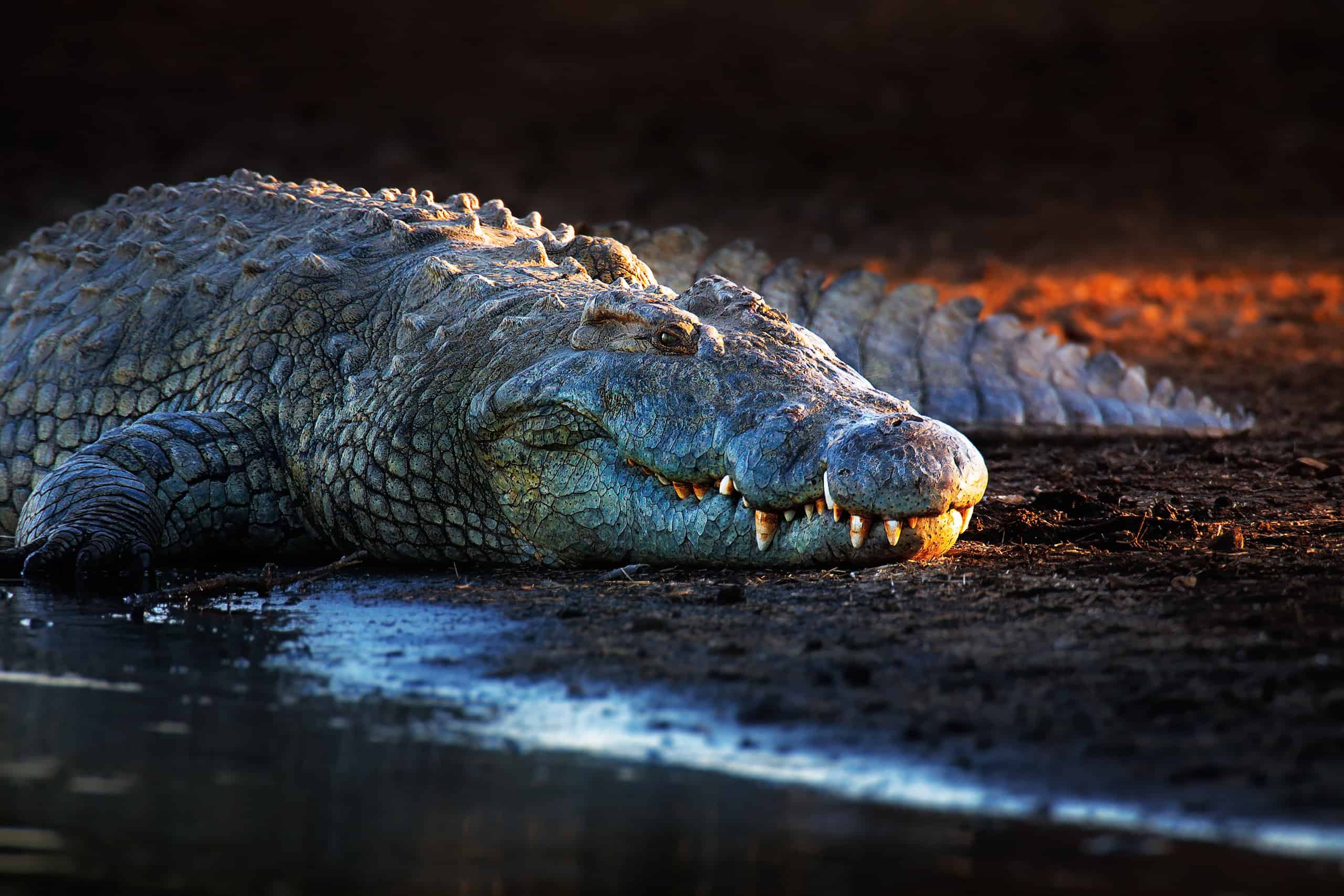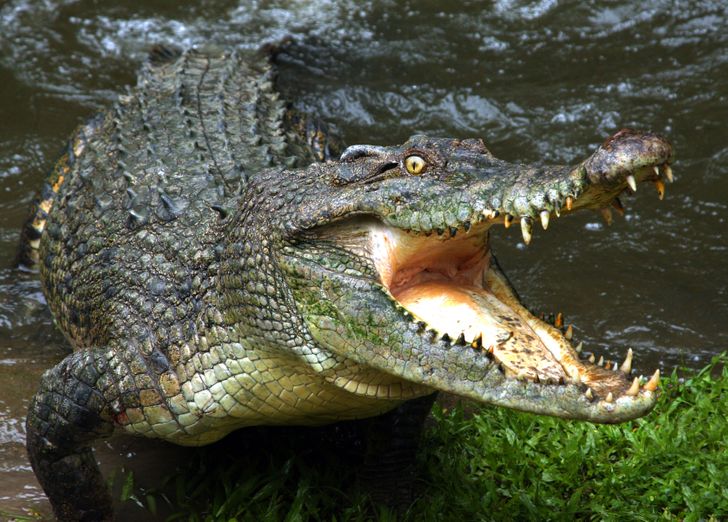How Long Can Crocodiles Go Without Eating? Exploring the Fascinating Feeding Habits of Crocodilians
Crocodiles are ancient and fascinating creatures that have roamed the Earth for millions of years. One of the most intriguing aspects of their biology is their ability to go without eating for extended periods. In this article, we will delve into the world of crocodilians and explore the factors that influence how long they can survive without a meal.
1. The Metabolic Adaptations of Crocodilians:

The Metabolic Adaptations of Crocodilians
Crocodiles are ectothermic creatures, meaning they rely on external sources of heat to regulate their body temperature. This unique metabolic characteristic plays a crucial role in determining their feeding habits. Unlike endothermic mammals, crocodiles have a much slower metabolism, allowing them to conserve energy and go without eating for extended periods.
2. Species Variability in Feeding Patterns:

Species Variability in Feeding Patterns
Different species of crocodilians exhibit varying feeding habits. For instance, larger species like the saltwater crocodile (Crocodylus porosus) can store more energy in their bodies due to their size. This enables them to endure longer periods without food compared to smaller species.
3. Feeding Frequency vs. Feeding Quantity:
Crocodilians have evolved to thrive in environments with unpredictable food availability. Rather than relying on frequent meals, they are adapted to consuming large meals in one sitting and then enduring a longer fasting period. This strategy ensures they have enough energy to sustain themselves during times of scarcity.
4. Energy Storage in Adipose Tissue:
Research has shown that crocodiles possess specialized adipose (fat) tissue that can store large amounts of energy. This energy reservoir sustains them during periods of fasting. The efficiency of this energy storage system contributes to their ability to survive without eating for weeks or even months.
5. Environmental Factors and Feeding Intervals:
The environment plays a significant role in influencing crocodilian feeding patterns. In regions with distinct wet and dry seasons, crocodiles often adjust their feeding behavior. During the wet season, when prey is abundant, they may feed more frequently to store energy for the dry season when food is scarce.
6. Physiological Adaptations:
Crocodiles have evolved to adapt to extreme conditions. Their efficient kidneys, for example, enable them to conserve water and excrete concentrated urine. This adaptation allows them to extract maximum nutrients from their food and extend the time between meals.
7. Observations from the Wild:
Studies conducted on wild crocodilians have provided valuable insights into their feeding habits. For instance, researchers have observed Nile crocodiles (Crocodylus niloticus) going without food for up to a year during droughts, relying on stored energy to survive.
8. Comparison with Other Predators:
To highlight the remarkable nature of crocodilian feeding habits, let's compare them with other predators. Lions and tigers, for instance, have a higher metabolic rate and need to eat more frequently due to their warm-blooded nature.
9. Conservation Implications:
Understanding the feeding behavior of crocodilians has important implications for their conservation. Human activities such as habitat destruction and overfishing can disrupt their natural feeding patterns, leading to negative impacts on their populations.
In conclusion, the ability of crocodiles to go without eating for extended periods is a result of their unique evolutionary adaptations. Their slow metabolism, energy-efficient storage systems, and physiological adjustments enable them to survive in environments with unpredictable food availability. Studying these remarkable creatures not only sheds light on their biology but also emphasizes the importance of preserving their habitats for future generations to marvel at their incredible survival strategies.